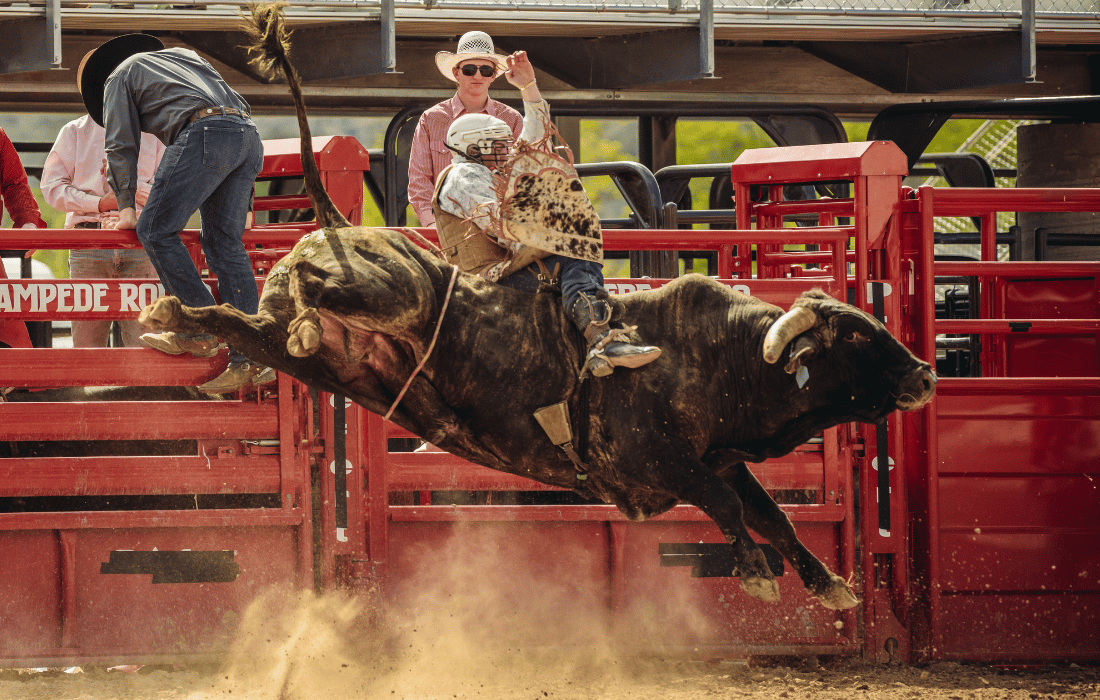History of Bull Riding
Bull riding has roots that go back to the 16th century, originating from Mexican contests of equestrian skills, known as charreada. The Spanish conquistadors brought 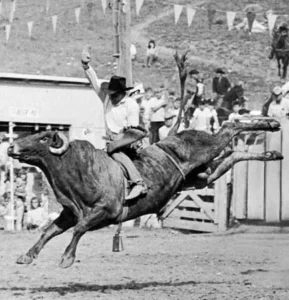 cattle and horses to the Americas, and with them, their bull-riding traditions. The sport evolved over the centuries, becoming a cornerstone of rodeo competitions in the American West.
cattle and horses to the Americas, and with them, their bull-riding traditions. The sport evolved over the centuries, becoming a cornerstone of rodeo competitions in the American West.
In the late 19th century, rodeos began to take shape as organized events, and bull riding quickly became a crowd favorite. The first official rodeo competition is believed to have been held in Cheyenne, Wyoming, in 1872. By the early 20th century, professional rodeo associations were formed, further legitimizing bull riding as a competitive sport.
The Intensity of Bull Riding
Bull riding is arguably one of the most intense sports in existence. The basic premise is deceptively simple: a rider must stay on a bucking bull for eight seconds. However, those eight seconds can feel like an eternity when you’re atop a 2,000-pound animal intent on throwing you off.
The physical demands of bull riding are tremendous. Riders face extreme G-forces as the bull bucks and twists beneath them. Every ride is unpredictable, with the bull’s powerful and erratic movements testing the rider’s balance, strength, and reflexes to the limit. Falls are inevitable, and the risk of injury is ever-present, making protective gear such as vests, helmets, and mouthguards essential.
Safety and Injury Management
Bull riding is a dangerous sport, with a high incidence of injuries. According to the chapter “The Cowboy Way: Pain and the Bull Riding Lifestyle” from the book Lifestyle Sports and Public Policy, one out of 12 rides results in a serious accident. This statistic highlights the clear and present dangers that exist in this extreme sport. The evolution of safety policy in bull riding, especially under the governance of Professional Bull Riders Inc. (PBR), has been crucial in mitigating these risks.
After the tragic death of Lane Frost in 1989, the PBR introduced kevlar vests to protect riders from being gored by bull horns. Helmets have also been promoted as research on their effectiveness grows. The PBR established the Rider Relief Fund in 1999 to support athletes who suffer injuries, providing financial assistance for their living and medical expenses. Additionally, the PBR started a longitudinal study in 2005 to monitor concussions and develop better safety protocols, marking a shift from the old “cowboy up” mentality to a more safety-conscious approach.
The Athleticism and Skill Required
Bull riding is not for the faint of heart. It requires a unique combination of strength, agility, and mental fortitude. The athleticism needed to succeed in bull riding rivals that of any mainstream sport.
Physical Training
Bull riders must maintain peak physical condition to handle the demands of the sport. A typical training regimen might include:
Strength Training: Core strength is crucial for maintaining balance on the bull. Exercises such as planks, Russian twists, and medicine ball throws help develop the necessary stability. Leg strength is also vital for gripping the bull with the thighs and knees, so squats, lunges, and calf raises are staples in a bull rider’s workout routine.
Cardio and Endurance: Riding a bull requires short bursts of intense energy. High-intensity interval training (HIIT), sprints, and other cardio exercises help riders build the stamina needed to endure those intense eight seconds.
Flexibility: Flexibility training, including stretching and yoga, is essential for preventing injuries and improving overall agility. Riders need to be able to move fluidly and react quickly to the bull’s movements.
Balance and Coordination: Balance training is critical. Activities like balance board exercises and agility drills enhance coordination and help riders stay centered on the bull.
Mental Preparation
The mental aspect of bull riding is just as important as the physical. Riders must develop an unshakeable focus and resilience. Visualization techniques, mindfulness practices, and mental toughness training are all part of a bull rider’s preparation. Understanding the psychology of fear and learning to manage adrenaline and stress are crucial for success in this high-stakes sport.
Iconic Bull Riders: Legends of the Arena
Over the years, many bull riders have etched their names into the annals of rodeo history. Let’s highlight a few of the most legendary figures in the sport.
Lane Frost
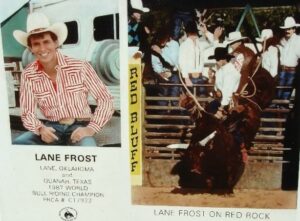 Lane Frost is a name synonymous with bull riding greatness. Born in 1963, Frost became a professional bull rider at the age of 19 and quickly made a name for himself with his exceptional talent and fearless approach. He won the 1987 PRCA World Championship and became a beloved figure in the rodeo community. Tragically, Frost’s life was cut short in 1989 when he was killed by a bull named Takin’ Care of Business. His legacy lives on, inspiring countless riders who followed in his footsteps.
Lane Frost is a name synonymous with bull riding greatness. Born in 1963, Frost became a professional bull rider at the age of 19 and quickly made a name for himself with his exceptional talent and fearless approach. He won the 1987 PRCA World Championship and became a beloved figure in the rodeo community. Tragically, Frost’s life was cut short in 1989 when he was killed by a bull named Takin’ Care of Business. His legacy lives on, inspiring countless riders who followed in his footsteps.
Tuff Hedeman
A contemporary of Lane Frost, Tuff Hedeman is another legendary figure in bull riding. Hedeman won three PRCA World Championships and the 1995 Professional Bull Riders (PBR) World Championship. Known for his tenacity and resilience, Hedeman’s career was marked by his ability to ride some of the toughest bulls in the sport. His friendship with Lane Frost was immortalized in the film “8 Seconds,” which tells Frost’s story.
Chris Shivers
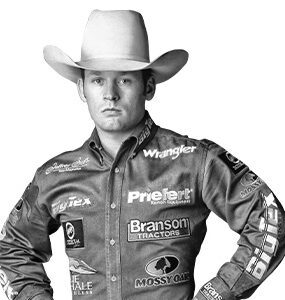
Chris Shivers is one of the most successful bull riders in PBR history. Turning pro in 1997, Shivers quickly established himself as a dominant force in the sport. He won two PBR World Championships (2000 and 2003) and became the first rider to earn $1 million in career earnings. Shivers’ aggressive riding style and consistent performances made him a fan favorite and a true legend of bull riding.
J.B. Mauney
J.B. Mauney is a modern-day bull riding superstar. Known for his fearless attitude and extraordinary talent, Mauney has won two PBR World Championships (2013 and 2015) and is one of the top earners in the sport’s history. Mauney’s willingness to take on the toughest bulls and his remarkable ability to stay on them has cemented his place among the all-time greats.
The Preparation of a Legitimate Athlete
The idea that bull riding is “just a rodeo event” undermines the sheer athleticism and preparation required to excel in the sport. Bull riders are legitimate athletes, and their training regimens reflect that.
Example Training Regimen
Morning:
- Warm-up: 10-15 minutes of light cardio (jogging, jumping jacks)
- Strength Training: Focus on core and leg exercises (e.g., squats, lunges, planks)
- Cardio: HIIT session (e.g., sprints, jump rope)
Afternoon:
- Skill Practice: Time on a mechanical bull or practice bull to simulate riding conditions
- Balance and Coordination: Balance board exercises, agility drills
- Flexibility: Stretching or yoga session
Evening:
- Mental Training: Visualization techniques, mindfulness exercises
- Recovery: Foam rolling, massage, or ice baths to aid muscle recovery
This rigorous training schedule underscores the physical and mental preparation needed to succeed in bull riding. Riders must be in peak physical condition, possess exceptional balance and coordination, and maintain a sharp, focused mind.
The Case for Bull Riding as a High-Intensity Sport
Bull riding deserves recognition as one of the most high-intensity extreme sports in the world. The physical demands, the mental fortitude required, and the inherent risks make it a unique and formidable discipline.
Physical Demands: The explosive power and agility needed to stay on a bucking bull are akin to what is required in sports like gymnastics or mixed martial arts. The rider’s body is under constant stress, with every muscle working to maintain balance and control.
Mental Toughness: The psychological aspect of bull riding is immense. Riders must manage fear, stay calm under pressure, and maintain laser-sharp focus. This mental strength is comparable to what is required in high-stakes situations in sports like tennis or golf.
Risk Factor: The danger involved in bull riding is unparalleled. Riders face the constant threat of serious injury or even death. This risk factor elevates the intensity of the sport, as every ride is a test of both skill and bravery.
Personality Traits of Bull Riders
Bull riders possess unique personality traits that set them apart from traditional sport athletes. According to a study titled “Personality Trait Differences of Traditional Sport Athletes, Bullriders, and other Alternative Sport Athletes”, bull riders, along with other alternative sport athletes, exhibit higher levels of sensation seeking and self-sufficiency compared to traditional athletes. This indicates a distinct psychological profile that helps them thrive in such a dangerous and unpredictable sport.
The Future of Bull Riding
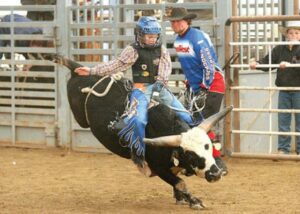
As bull riding continues to grow in popularity, the sport is evolving. Advances in protective gear, training methods, and sports science are helping riders push the boundaries of what’s possible. The PBR has played a significant role in professionalizing the sport, bringing it to a global audience and providing riders with more opportunities to compete and earn a living.
Young riders are now training with the same dedication and scientific approach as athletes in more mainstream sports. With this evolution, we can expect to see even higher levels of performance and excitement in the world of bull riding.
Conclusion
Bull riding stands as a powerful testament to the spirit of grit, physical preparedness, and courage. Its rich history and the stories of those who ride have captivated generations, reminding us of the incredible skill and bravery required to face down a bucking bull. As the sport evolves, it continues to inspire with its intensity and the dedication of its athletes. Whether you’re an adrenaline junkie or just a fan of raw, unfiltered athleticism, bull riding offers a unique window into the heart of what it means to push human limits. The next time you witness a bull rider’s eight-second battle, you’ll know it’s backed by a lifetime of preparation, courage, and an unbreakable will.

